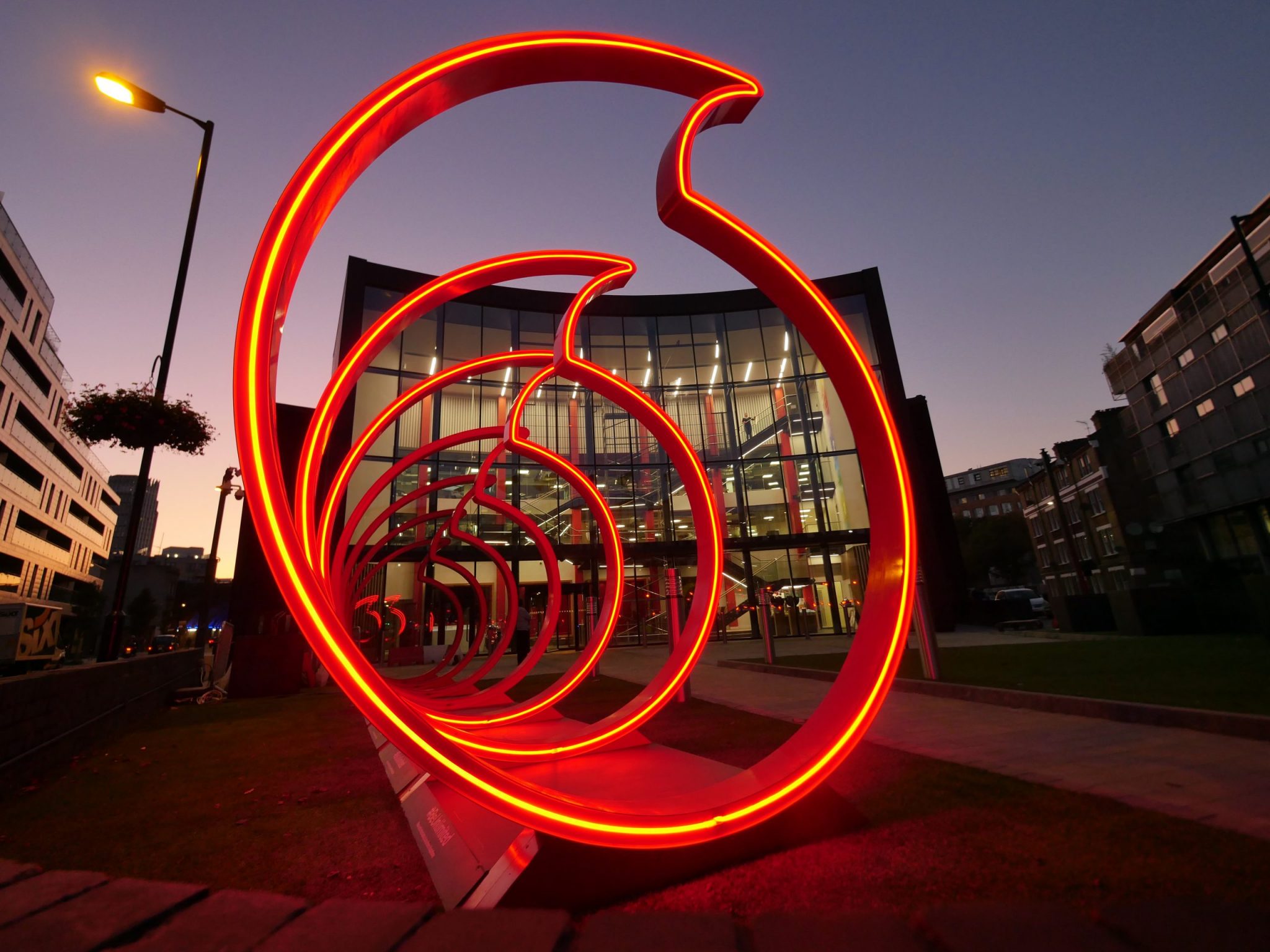
by Alan Lu, Editorial & Content team
The Speechmark may look like a brand new building with its sleek obsidian sheen, but Vodafone UK’s London nerve centre in Southwark actually has a long and unique heritage.
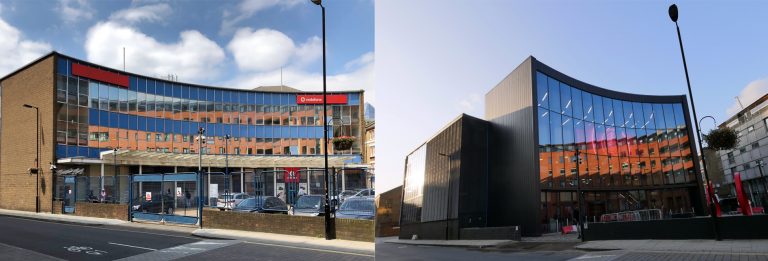
At the turn of the 20th Century, the junction of Great Suffolk Street and Webber Street couldn’t have been more different, with a soap factory and housing located at the site. The surrounding area was full of such light industry, even as it was shaking off a reputation for Dickensian squalor and soot-stained villainy.
Following World War Two, a glass works and wartime ruins stood on the site, but this would soon give way to a more hi-tech form of manufacturing.
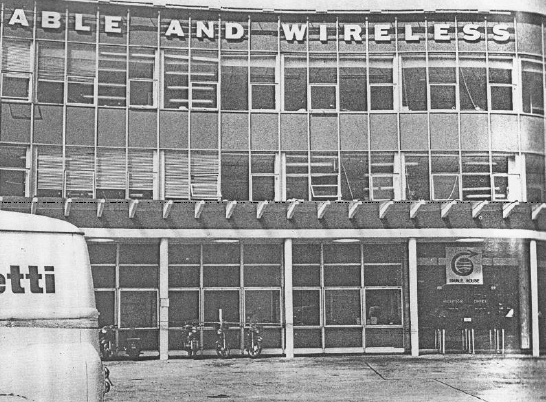
In April 1958, Cable & Wireless, the telegraph and radio communications titan of the age, moved its London operations from Hatton Garden to the glass works on Great Suffolk Street. It spent £200,000 to revamp the building, an eye-popping sum for the time which equates to nearly £4.6 million in today’s money. The building also received a name – Smale House, in honour of Cable & Wireless’ chief engineer.
- In Dickens’ time Great Suffolk Street was known as Dirty Lane, with no less than three prisons, numerous gun makers, dubious taverns and even more dubious people
- The existing building, acquired by Vodafone when it bought Cable & Wireless in 2012, was named after John Smale, Cable & Wireless’ Engineer-in-Chief (see below for more)
- Smale House is a converted glass factory, converted at the (then) huge cost of £200,000
- Smale House opened almost exactly 60 years ago, in August 1959.
- On opening, the “spacious and well-lit building” housed 140 employees, focused on product development
Smale House wasn’t just an office building, but a development and production centre for specialist telecommunications equipment. About 140 people, from draughtsmen and technical writers to machine operators and lab technicians, worked there. Following its acquisition of Cable &Wireless in 2012, Vodafone UK has been gradually concentrating more and more of its London operations here, necessitating the latest modernisation of the venerable building.
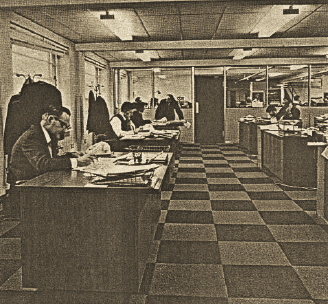
Although the telecoms equipment fabricators have long since moved out, the newly re-christened Speechmark remains a hive of industrial creativity. Now staffed by Vodafone’s programmers, big data analysts and network engineers, this corner of Southwark pays homage to its past while striding forwards confidently into the future.
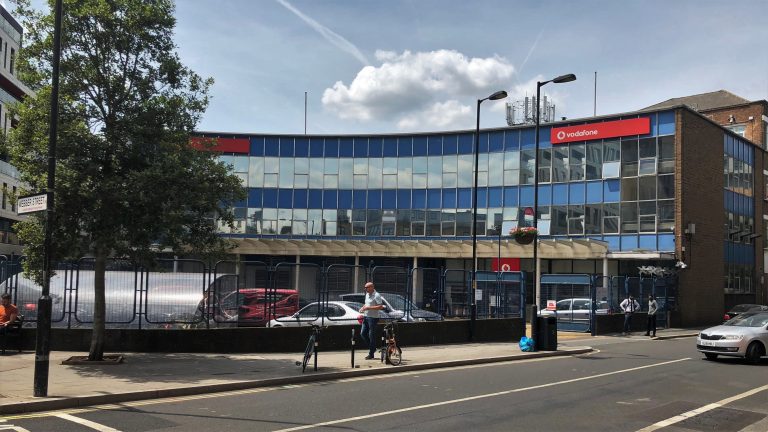
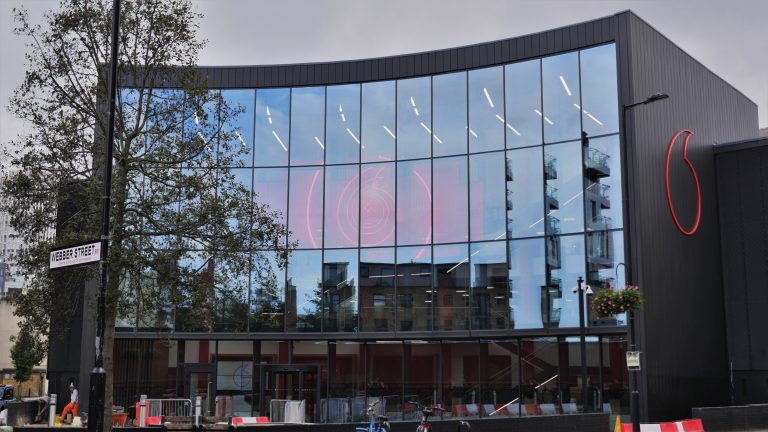
The man behind the name – John A Smale, pioneering engineer and war veteran
John Arthur Smale, after whom Smale House was named, ended his decades-long telecommunications career in 1957 as chief engineer of Cable & Wireless. In many ways, however, that title was the least of his achievements.
Smale was a veteran of World War One, serving as a signalling specialist in the RNAS (the Royal Naval Air Service, a forerunner of the RAF) and decorated with the Air Force Cross for his service. Following his demobilisation, he worked as part of the Marconi team that established the first permanent transatlantic radio link between the British Isles and North America.
In an act of cosmic serendipity, he was witness to another transatlantic milestone while working on that critical project. On 15th June 1919, the first non-stop transatlantic flight crash-landed at Clifden, on the west coast of Ireland, close to where Smale was working. Smale discovered that the pilot was John Alcock, a fellow RNAS veteran and an acquaintance of Smale’s from the war. Sadly, Smale’s reaction to this improbable reunion, and the contents of their conversation, have been lost to the winds of history.
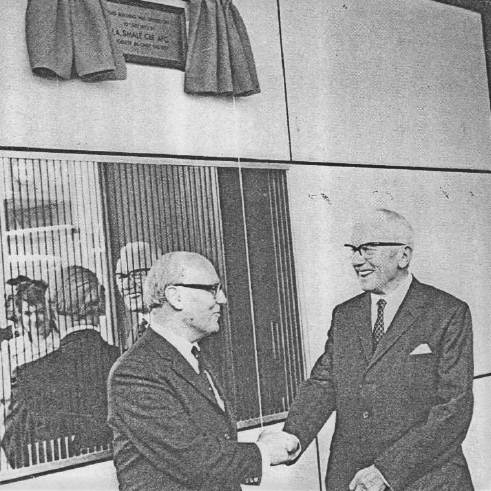
Smale joined Cable & Wireless in 1929 where he worked on integrating the wireless and wired telegraph systems of the time, devising a patented method for error correction in the wireless transmissions. During World War Two, he worked on emergency backup wireless communications for the Allies. After the war he worked on overcoming atmospheric interference in wireless relay systems, a task that took him all over the world from Barbados and Colombo to Nairobi and London.
- ‘In a field to which all our love belongs, one may call you Master.’
– A message from Dr Hans Sobotka, Technical Director of Radio Austria, to John Arthur Smale upon his retirement. - John Arthur Smale’s work on long-haul FM radio in the 1920s eventually enabled Scotland Yard to send fingerprint records by radio to overseas police forces.
This lifetime of achievement not only earned Smale a CBE in 1953, but the admiration of his colleagues and peers. Upon his retirement in 1957, messages of congratulations came in from as far afield as Austria, Canada, New Zealand and Brazil. Smale was present at the opening of the building named after him in August 1959, cutting the ribbon. Ironically for a man who dedicated his life to the seamless transmission of information, his thoughts on his achievements and on the building that bore his name are unrecorded.
Although Vodafone UK’s London nerve centre no longer bears Smale’s name, his spirit remains. The quiet determination to connect people across vast distances, the hallmark of his career, is the mission of everyone at Vodafone – not just at the Speechmark, but across the country.

![Falling Dripping Water Drop[Adobe Stock] Falling Dripping Water Drop[Adobe Stock]](https://www.vodafone.co.uk/newscentre/app/uploads/2024/04/Falling-Dripping-Water-DropAdobe-Stock.jpg)


![Dawlish Sunrise [Adobe Stock] resized stock photo of Dawlish in Devon](https://www.vodafone.co.uk/newscentre/app/uploads/2024/04/Dawlish-Sunrise-Adobe-Stock-resized.jpg)